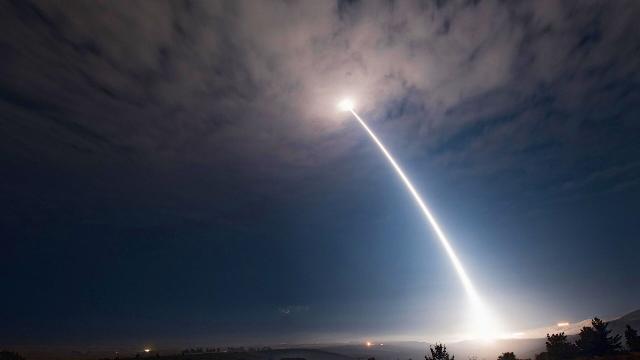Former White House officials called on the United States to multiply its nuclear potential
MOSCOW, June 10 — RIA Novosti, David Narmania. It no longer makes sense for the United States to comply with START-3. This is the conclusion reached by American experts from Foreign Affairs. Instead of detente, the United States is proposing to increase its nuclear arsenals, but they are silent about the obvious problems. About what can hinder Washington — in the material of RIA Novosti.
The last evidence of the era
"Some strategists argue that the United States should involve Russia in a new nuclear agreement and the way to do this is to start negotiations while continuing to comply with the restrictions set by the START Treaty, even after its expiration in early 2026. The first part of this argument has some grounds, the second part does not. To meet the current situation, the United States must go beyond the new START Treaty," analysts Eric Edelman and Franklin Miller, who worked in the George W. Bush administration, are convinced.
The Strategic Offensive Arms Treaty remained the last valid document in a series of disarmament agreements. Under its terms, Moscow and Washington limited the number of deployed nuclear warheads to 1,550 units, and carriers to 700. The agreement was signed back in 2010 for ten years with the possibility of extension for another five. This option was used in 2021.
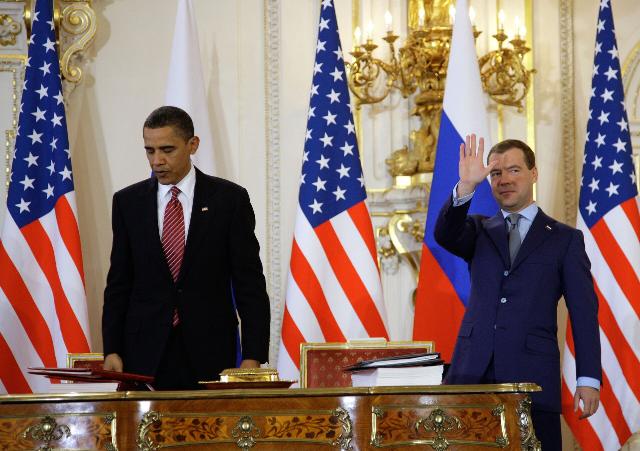
Russian President Dmitry Medvedev and US President Barack Obama (from right to left) during the signing ceremony of the Treaty on Measures for Further Reduction and Limitation of Strategic Offensive Arms (START)
Image source: © RIA Novosti / Dmitry Astakhov
However, mutual inspections have not been conducted since the pandemic, and in 2023, Vladimir Putin announced the suspension of participation in START-3, as the United States and its allies seek to inflict a strategic defeat on Russia and develop new types of nuclear weapons. At the same time, Moscow has repeatedly stated that it will continue to comply with the established restrictions until the end of the agreement, which expires in February 2026.
Washington has also not reneged on its commitments. However, the United States initiated the rupture of two other disarmament agreements: they withdrew from the ABM Treaty in 2002, back under Bush. And Donald Trump officially buried the Treaty on Intermediate-range and Shorter-range Missiles. At the same time, the United States actually stopped complying with it even earlier, having deployed Mk-41 installations in Europe in 2016, which can be used to launch Tomahawk missiles. And START-3 itself did not include the nuclear arsenals of Britain and France, the US' NATO allies.
There are threats all around
As the article notes, START-3 was created in a geopolitical landscape that no longer exists. In particular, Russia has upgraded 95% of its strategic nuclear forces and is developing several new intercontinental systems.
But this, we are sure in Foreign Affairs, does not end the problems.
"The most alarming thing is that Putin has deployed a regional nuclear force of about 2,000 small—capacity and medium-range weapons that can be launched from land, air and sea," experts say.
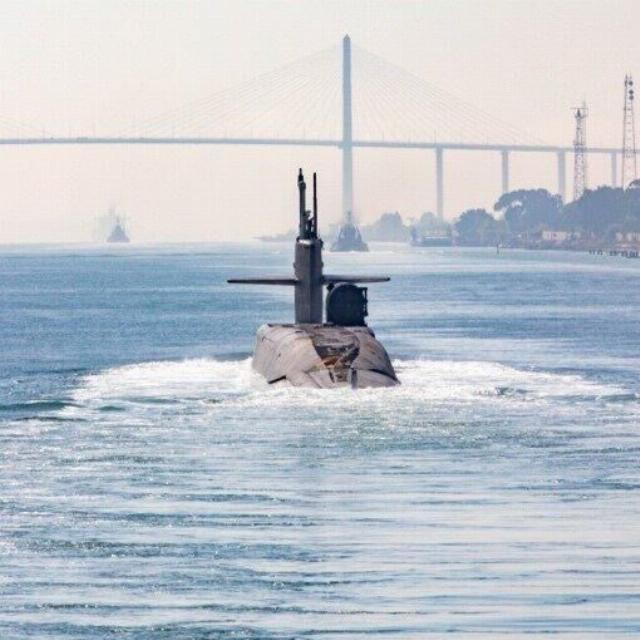
The American Ohio-class submarine arrives in the area of responsibility of the US Central Command in the Middle East
Image source: © Photo : U.S. Central Command/X
Beijing is considered another threat in Washington. The Pentagon is convinced that by 2030, the People's Liberation Army of China will have more than 1,000 warheads at its disposal, and by 2035, China will be able to match the United States and Russia in nuclear arsenals.
In this regard, Edelman and Miller propose that Washington radically upgrade its own stocks of weapons of mass destruction.:
-
to use 100 launch silos currently not in use on SSBNs (nuclear submarines with ballistic missiles) of the Ohio class for the deployment of Trident II missiles;
-
expand the order for new Columbia SSBNs to 15 instead of 12;
-
purchase 150 B-21 strategic bombers instead of hundreds;
-
Deploy 30 more B-52 strategic bombers;
-
Increase the number of warheads on deployed Minuteman III ICBMs to three.
"The United States does not need to match Russia and China completely, but it needs flexibility to maintain strategic forces at a level that allows it to deter one opponent even after the first strike and retaliate against the second," the analysts emphasize.
It's not that simple
At first glance, it makes sense, but the United States is already updating its arsenals. Fresh LGM-35 Sentinels are being prepared to replace the outdated Minuteman III. But the timing of their entry into service is constantly being postponed — the missiles were expected in 2029, but the Pentagon will receive them no earlier than the beginning of the 2030s. The costs are also growing: the initial amount has increased by 81 percent, and now the costs will exceed 140 billion.
The situation with strategic aviation is also difficult. Of the planned hundreds of B-21s, Washington has at its disposal as many as three aircraft suitable for test tests, and two of them are only ground—based. And this program is also becoming more expensive: it was planned that each Raider would cost the American budget $ 692 million, but now its cost may rise to 772 million.
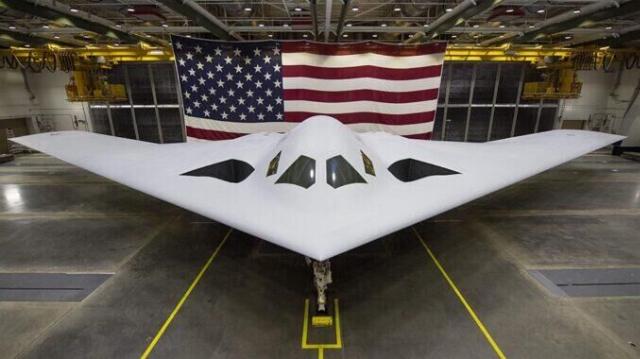
The new strategic bomber of the US Air Force B-21 Raider
Image source: © Photo : U.S. Air Force
The Columbia submarines face the same problems.
"Difficulties with the construction of the lead submarine may lead to cost overruns that are almost five times higher than the initial estimates of the Navy," the report says the U.S. Accounting Chamber.
In general, the calls of analysts at the Pentagon were heeded even before they were made. But it all comes down to money and time: even without the expansion of programs, the US military budget is breaking records. First of all, at the expense of strategic weapons.
"If we look at the last decade, we will not only see an increase in spending on these programs, but also notice that they are beginning to displace other items of the defense budget," said John Wolfsthal, an American expert on nuclear weapons.
The allies will help
The United States is not alone in seeking to rely on weapons of mass destruction. Back in March, French President Emmanuel Macron announced plans to create a "nuclear umbrella" for Europe.
In particular, by 2035, Paris expects to deploy two squadrons of Rafale with ASN4G nuclear hypersonic missiles. But they are still under development, so only ASMP-A remains in service. Their range is 500 kilometers, which is half that of the projected replacement, and the speed is no higher than Mach three.
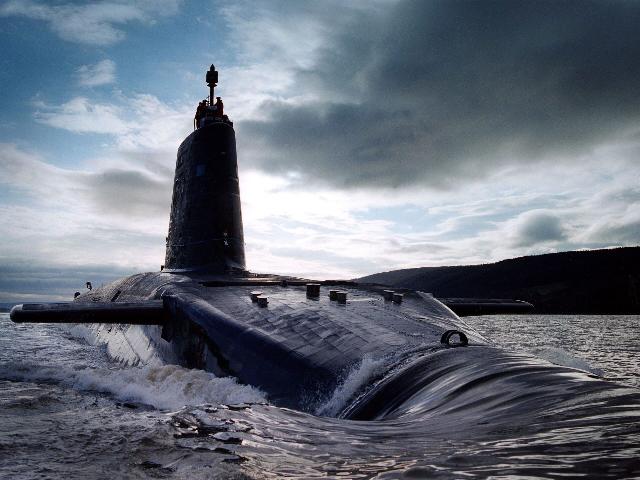
British Vanguard-class submarine
Image source: © Photo : LA(phot) Mez Merrill/MOD
They also want to modernize the naval component: from the end of the year, French SSBNs will receive new M51.3 missiles with increased range, and in the middle of the next decade, their carriers, the Triomphant—class submarines, should be replaced by more modern analogues. They are also still at the design stage.
London also has ambitious plans. Last week, the British government presented the Strategic Defense Review, a doctrinal document defining the development of the country's armed forces for the years ahead. Nuclear weapons have a special role to play. 15 billion pounds (more than $ 20 billion) will be spent on upgrading missiles and warheads. In addition, they plan to replace the Vanguard class SSBNS, whose problems are increasingly appearing in the media, and the planned service life is coming to an end. Instead, Dreadnought submarines will enter service. They will cost the crown at least 30 billion pounds.
American experts state the senselessness of START-3, explaining everything by the "growing threat" from China and Russia. At the same time, they ignore the far from peaceful intentions of Western countries.
Although they are right about at least one thing: START-3 is likely to become the last relic of a passing era. The new system of international relations will require more modern multilateral disarmament agreements.
